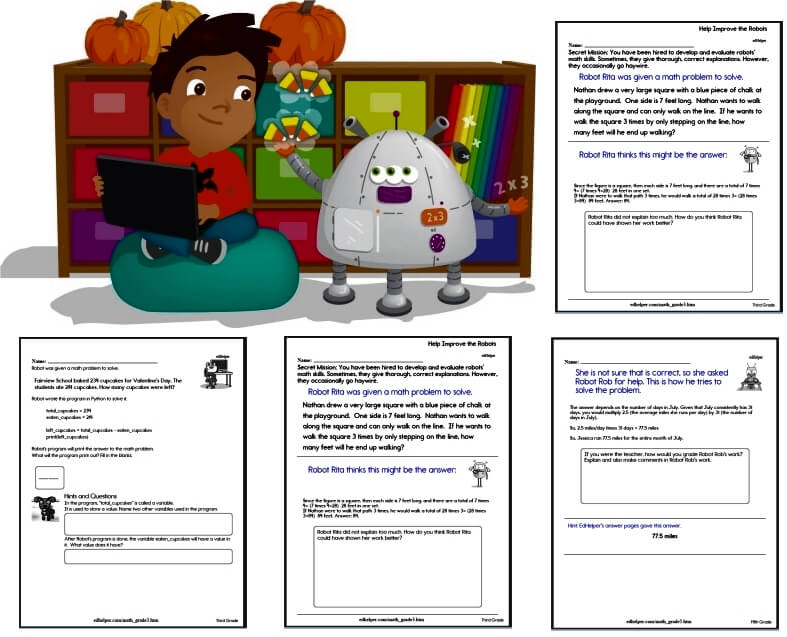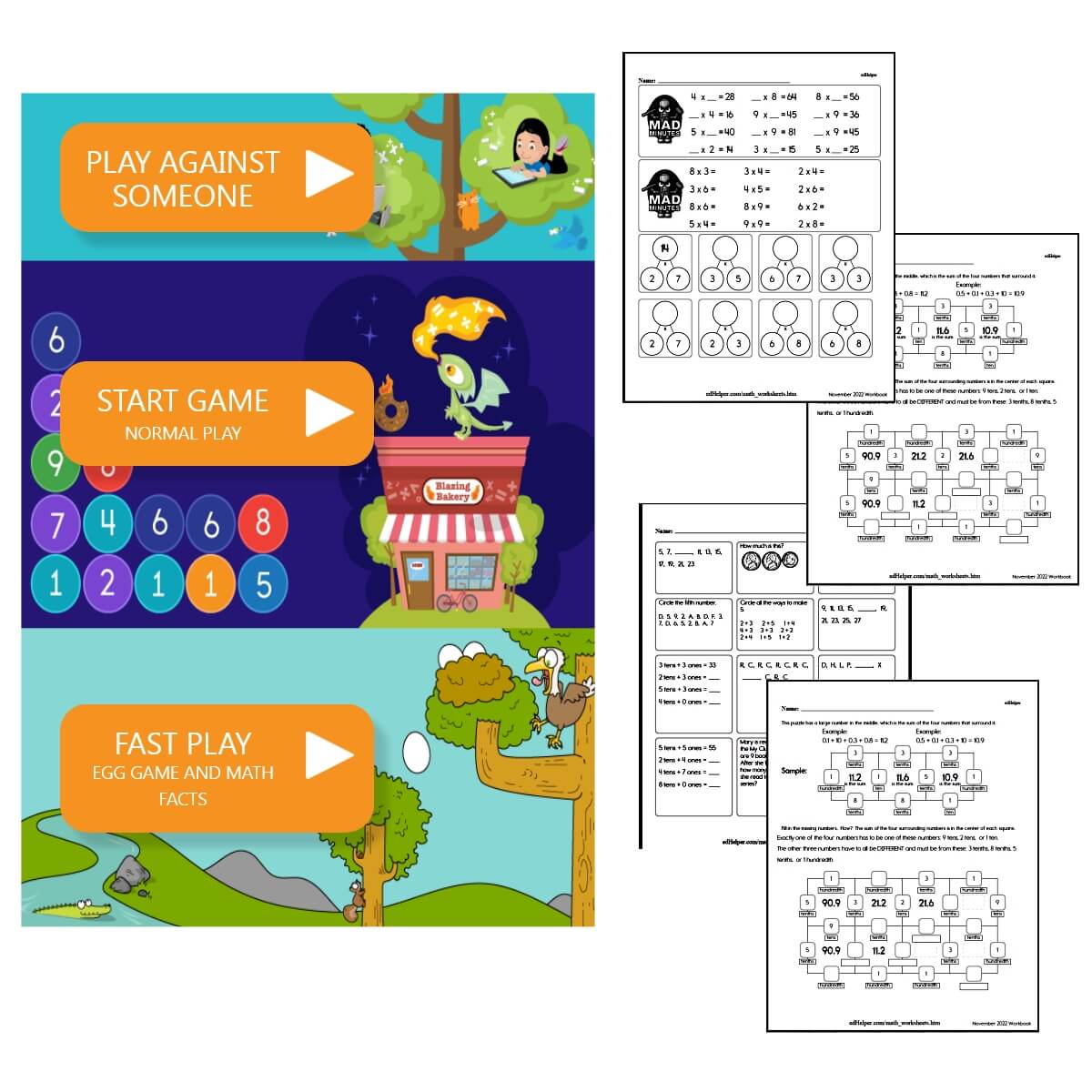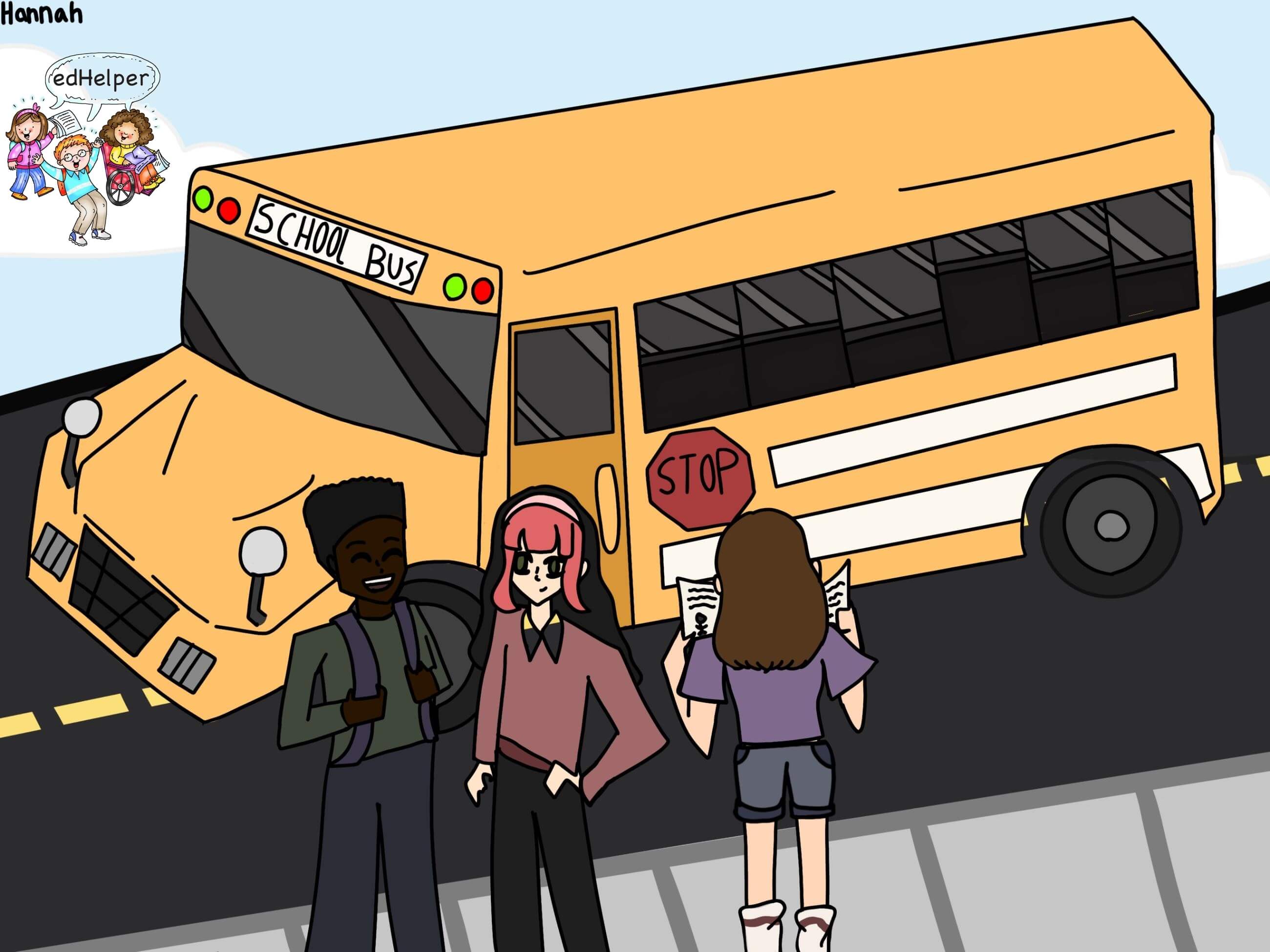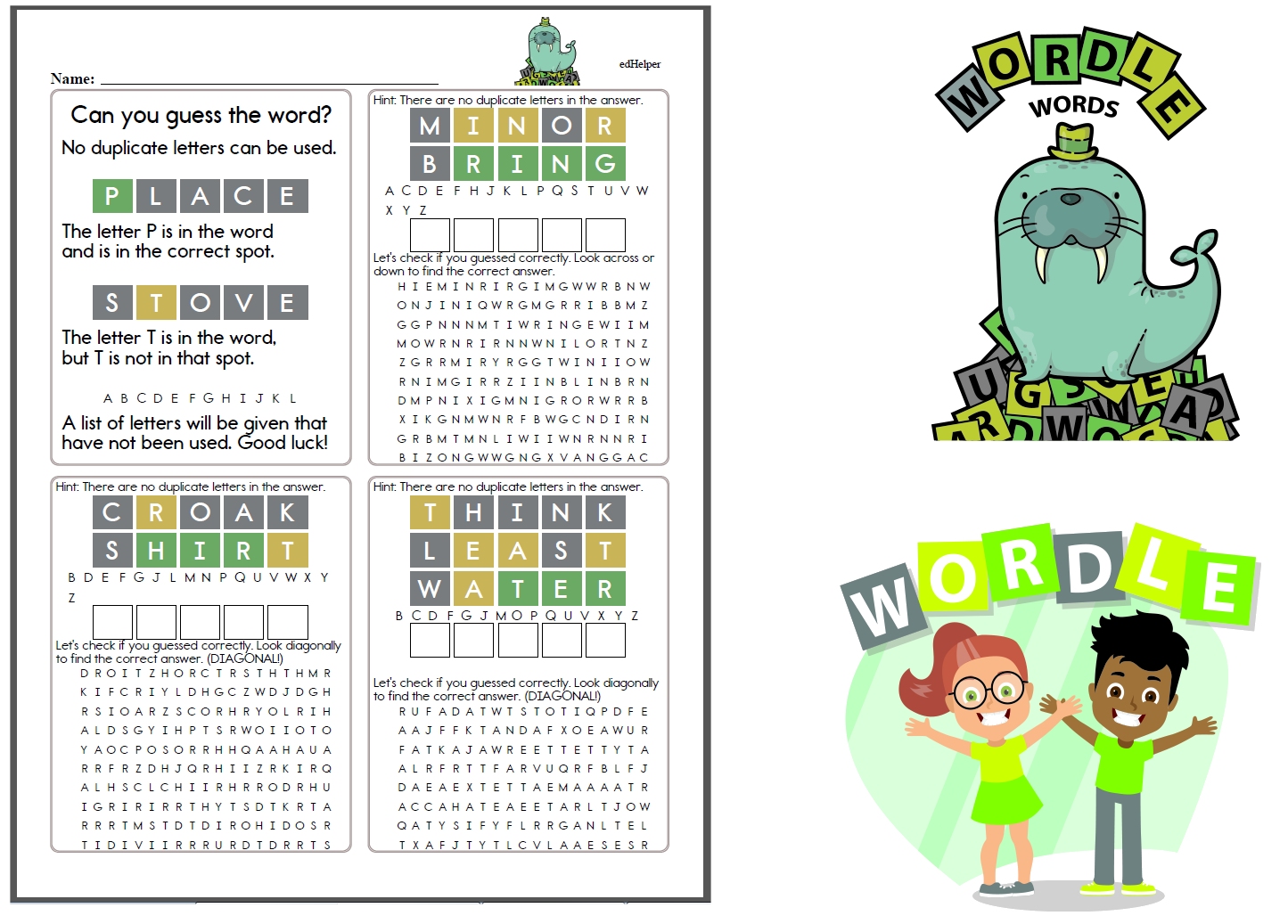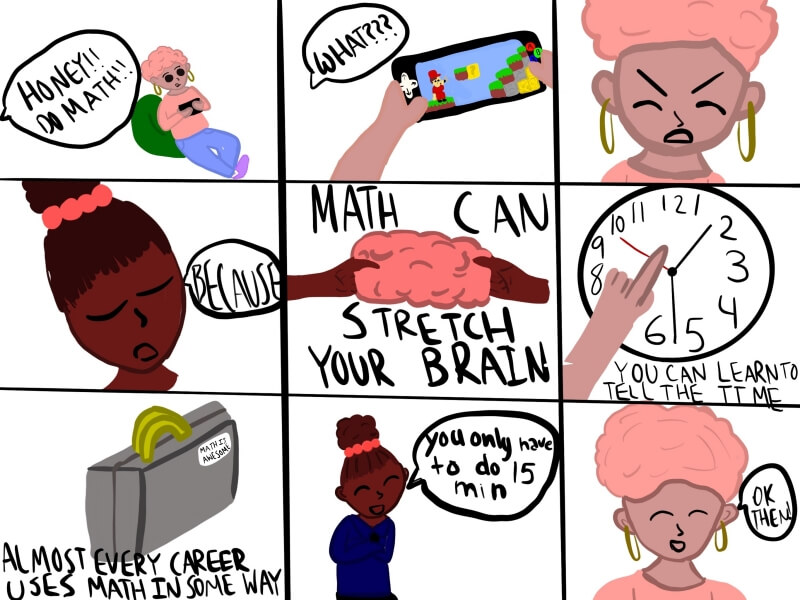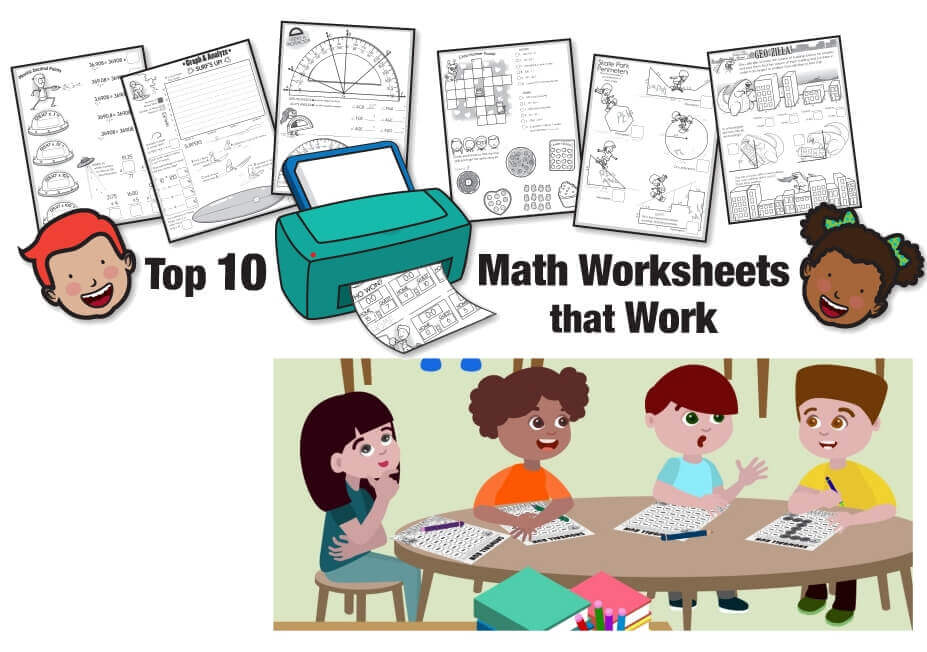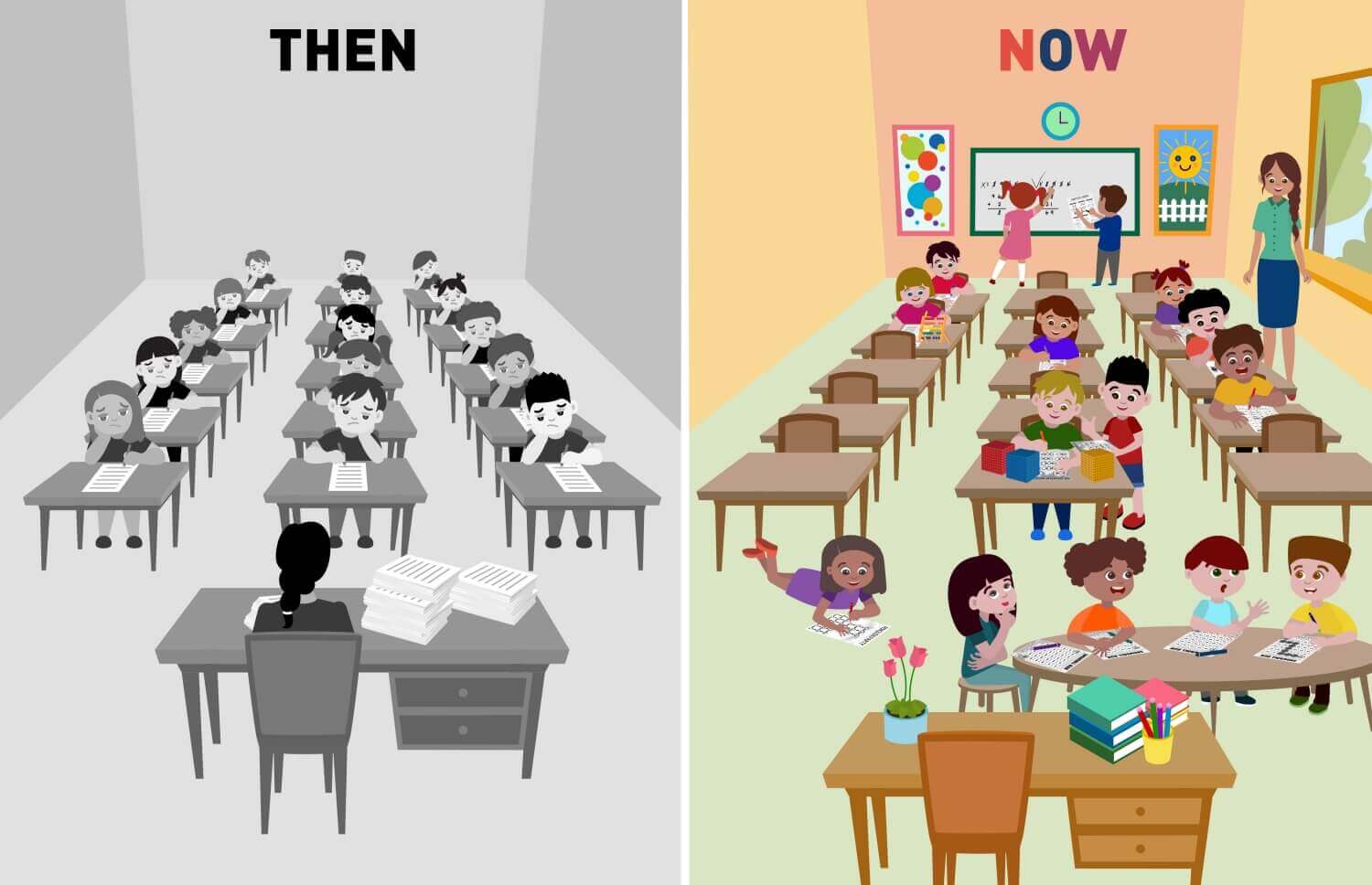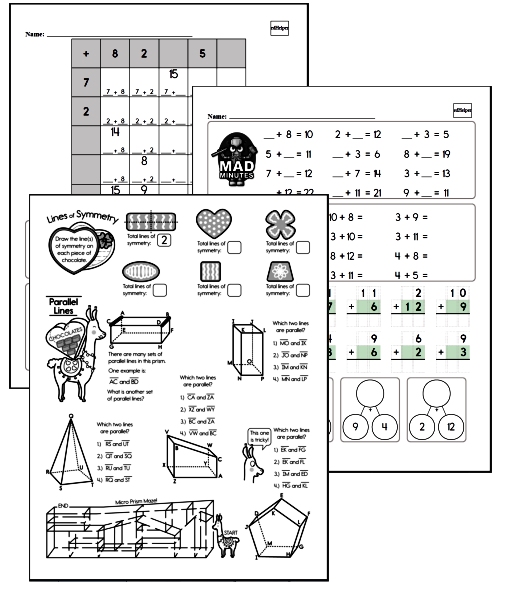5 Ways to Help Your Students Conquer Place Value
By: edHelper Staff
Updated: May 8, 2020
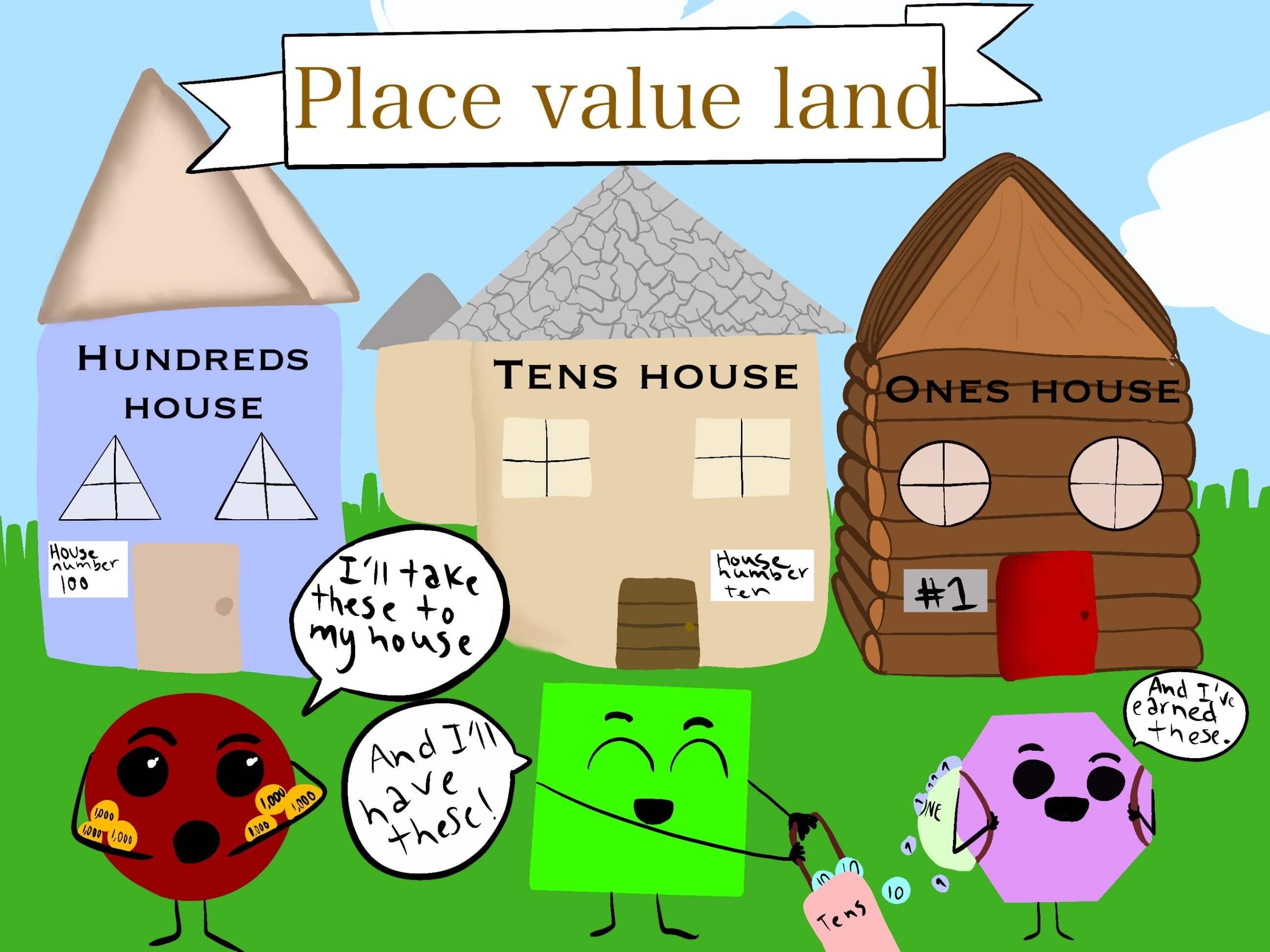
Teaching math has the potential to be a lot of fun, but it also poses some huge challenges. It's easy to see why students struggle to grasp complex concepts, but students also struggle with seemingly simple concepts. For example, place value may seem obvious to adults, but it's actually a difficult concept for students in the early elementary grades, and even beyond, to fully understand.
During the elementary years, developing a solid foundation in math is the key to future success. Without clear instruction and confidence in areas like place value, students will fall behind, and more complex math concepts will be impossible to fully understand.
As a teacher, you have the power to help students feel confident in their understanding of place value, and you can even have fun while doing it.
Whether you're just starting your kindergartners on the journey to understanding what numbers mean or you want to refresh your fifth graders' memories before beginning a unit on decimals, these tips will ensure your students conquer the concept of place value.
Place Value Workbooks to Print
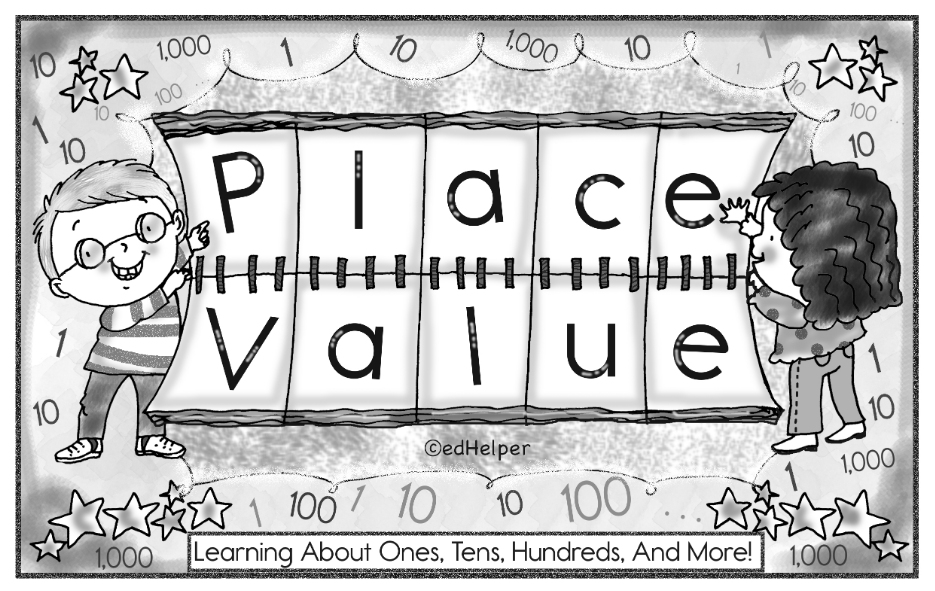
Let Students Discover Place Value-Don't Tell!
The most straightforward way to share your knowledge with students is to tell them what they need to know. This can be an effective way to teach certain units in some subjects. For example, an American history unit is usually comprised of reading a textbook, watching videos, and sharing facts with students about the past that they might be required to remember later on a test. Unfortunately, we can't use a time machine to go back in time, so students can make discoveries about history on their own!
Although telling students information has its place in the classroom, it should be avoided whenever possible during math class, especially when working on place value.
In order for students to fully grasp the concept of place value, they have to discover what each number in the ones, tens, and hundreds places actually means. Simply telling them that the number 12 means one ten and two ones isn't enough.
The best way to let students discover place value is to allow them to practice with manipulatives to discover different ways to represent larger numbers. Allow them to use interlocking cubes, base-ten squares and strips, and little ten-frame cards.
Double-checking their discoveries by counting each item one at a time should be encouraged. Students begin to understand numbers as one more and one less, so letting them see that a group of ten ones is the same as ten individual pieces enables them to see place value in action for themselves.
Help Them Understand the Number 10 as a Unit
When students first start grouping numbers, they may want to try different kinds of groupings. Let them! The hope is that their ultimate discovery will be that putting ones in groups of 10 is one of the easiest ways to count large numbers quickly.
An activity you can try with your students involves providing them with a double-digit number, like 62. Ask your students to find different ways to count to that number besides counting by ones. They may want to try groups of 2 but decide that it doesn't really save much time. They may want to try groups of 6 but discover that no one can really count by 6s! Eventually (even if you have to suggest it), students will discover that counting by 10s is a quick and easy way to count to 62, with 6 groups of 10 and 2 ones left over.
This concept can be expanded upon in later grades with hundreds and thousands when learning that you can also make groups of 10s in addition to groups of ones, as would be the case when making 2 groups of 10 10s to make 200.
Don't Introduce Place Value Too Soon
Understanding the number ten as a unit is one part of the base-ten counting system. Students often become very proficient at speaking about numbers as groups of tens and ones, but conceptualizing numbers this way is not the same as understanding place value. Even if students grasp the concept of the base-ten system, understanding place value can still be hard!
Don't feel like you have to rush place value and force students to see that the six in 62 means six tens and that the two means two ones. Making this leap is difficult because the method for writing numbers is a convention, which means that it's an instance in the math classroom where students must be told what to do. In contrast, the base-ten system is a concept that can be understood through discovery. How to write numbers can get even more confusing when you start teaching the hundreds and thousands place values. Simple math worksheets and activities can make this easier.
Have students construct piles of manipulatives, such as cubes, beans, or sticks, into groups of tens with ones leftover. Students can then write how many tens and ones that they have. For example, a pile of 62 ones would be grouped into six piles of ten with two left over, and on the worksheet, this would be written as '6 tens and 2 ones.'
The more they are exposed to the digits listed this way, the easier it will be for them to make the leap in understanding that "6 tens and 2 ones is 62 in all."
Allow Students to Find Patterns Using a Place Value Chart
Many place value activities focus on each individual digit. This is an important way for students to start grasping the concept of place value and expand upon it as they tackle increasingly larger numbers, but it is also important for students to start understanding the whole number together as a unit. This type of understanding can help students see how numbers are connected to other important landmark numbers, or friendly numbers, like 25 and 100, that will make addition and subtraction easier.
Every classroom should have a place value chart hanging in the room. When you're ready to start talking about numbers as a unit, ask students to look at the chart and work in pairs to see if they can find patterns to the numbers. Then, discuss the patterns that they have found.
Students in kindergarten through fifth grade can examine the place value chart and discover patterns among the numbers that will help them understand place value better, and these discoveries will help them complete computations more efficiently in the future.
Practice Makes Perfect
Don't make the mistake of thinking that once you have done a few base-ten activities that your students are ready to talk about place value, or that as soon as you've found patterns in the place value chart that your students will be able to add 24 and 31 in their heads.
In order for students to fully grasp the concept of place value, they have to do many different activities throughout their elementary school years. Plan many different activities that require students to group sticks, beans, and marbles, as well as letting them use traditional math manipulatives. Find easy ways to count all the eyes in the classroom, or find the length of a string using strips of ten. The more ways you can find to practice, the more it will become second nature to your students.
Base-ten riddles are a fun way to include place value concepts at the beginning of the day or before every math class. A few riddles that can help students connect base-ten concepts with place value include:
I have 23 ones and 4 tens. Who am I?
I have 4 hundreds, 12 tens, and 6 ones. Who am I?
If you put 3 more tens with me, I would be 115. Who am I?



